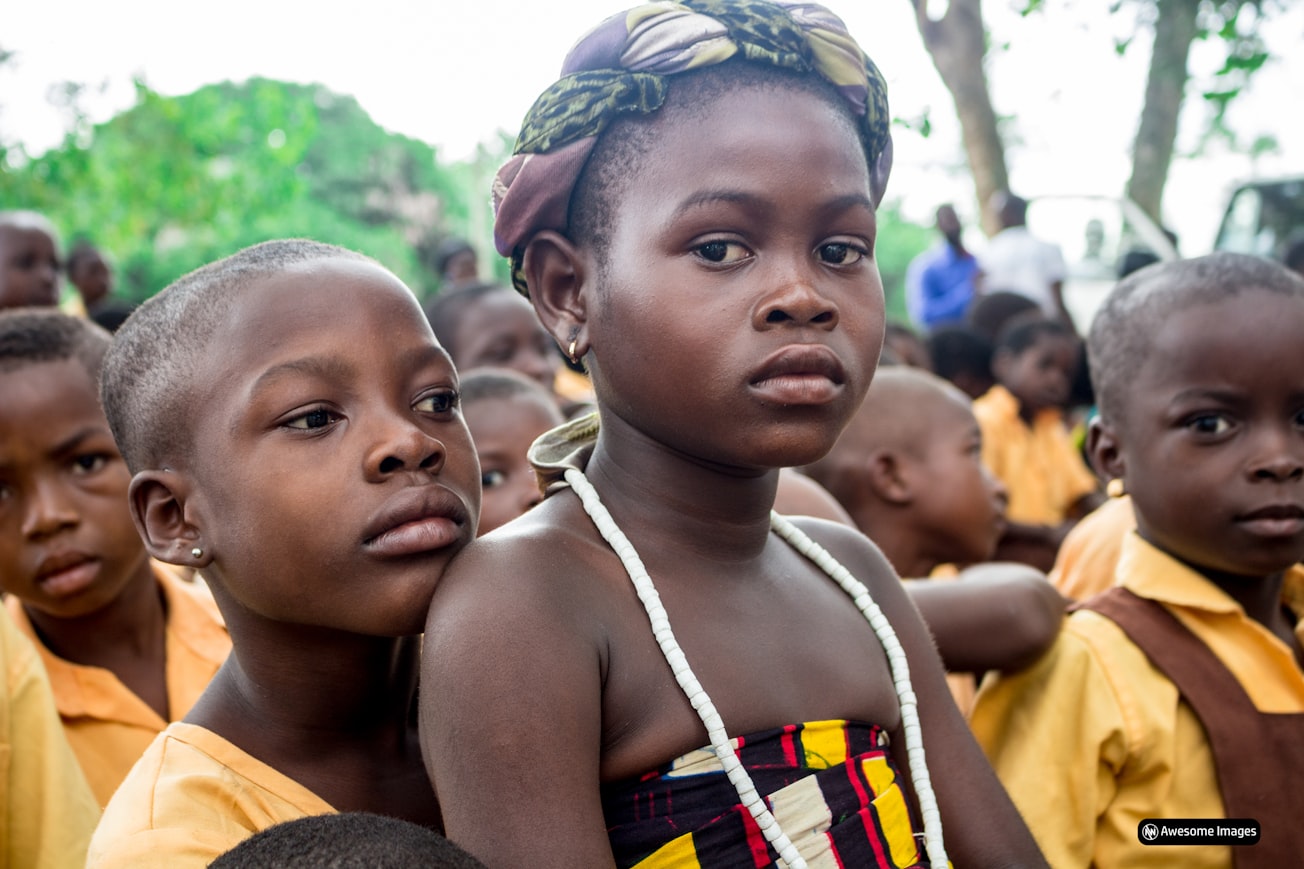What is it about?
Through the life of Lamisi Seidu, a typical, poor, rural Ghanaian woman, we tell the symbolic story of poor women living in rural, peri-urban, and urban areas all over the world. Lamisi and women like her live at the interface of what the United Nations and others call the dimensions of human security: economic, food, health, educational, environmental, community, political, and personal. The story of Lamisi is a classic example of a wicked problem, where conflicting issues emerge, creating a complex web of interdependencies that negate a simple solution. This further complicates how impact is seen, assessed and measured.
Featured Image

Photo by Amevi Wisdom on Unsplash
Why is it important?
Storytelling is a powerful research method and aids the development of personal resilience and provides opportunities to celebrate the hardiness of research participants who contribute to knowledge by recounting their stories of difficulty and adversity. Collective impact seeks to address long-standing societal problems (wicked problems) that have been stubbornly persistent despite decades of effort and billions of dollars spent. We have discussed numerous issues with implementing a successful collective impact initiative, including roadblocks and hurdles in building systems that address the five core criteria of collective impact: a common agenda, shared measurement systems, mutually reinforcing activities, continuous communication, and backbone support organisations. These
Perspectives
There are many challenges, constraints, and opportunities at the interface of the funder-centric universe and Lamisi’s woman-centered universe. As philanthropists in the top trillion seek to improve the lives of the bottom billion, they must honestly address the challenges with candor to have the greatest impact and to achieve the good they seek.
Prof. Robert M Yawson, PhD
Quinnipiac University
Read the Original
This page is a summary of: Collective Impact: Dialogue at the Interface of the Colliding Systems of Philanthropy, World Review of Entrepreneurship Management and Sustainable Development, January 2019, Inderscience Publishers,
DOI: 10.1504/wremsd.2019.10018944.
You can read the full text:
Contributors
The following have contributed to this page







